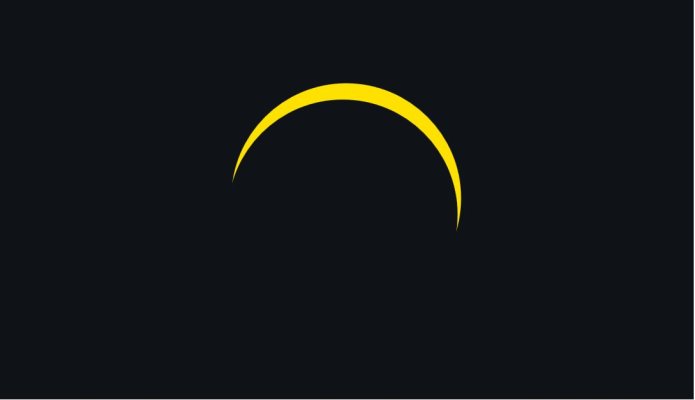How partial is partial?
Some areas will have over 90% of the sun blocked. From the Canadian border to the California border there will be quite a bit of the sun blocked out. Personally, having 90% of the mid day sunlight gone will be a very interesting experience. Check out your zip code below:
https://www.vox.com/science-and-health/2017/7/25/16019892/solar-eclipse-2017-interactive-map
Okay, not total but I do remember one when I was maybe 10-14 years old, we did the pinhole in a sheet of paper to see what I think was 90% or so. Even that was enough to make it very dark and I still remember the sudden cooling effect. BTW, I'm 67 now.
Where we are it is a bit over 91% and we hate travel so we'll just stay home. If we have an overcast, well, there's always youtube.


 (FWIW, Amazon is/was just about out of them. Perhaps your local library might be be sponoring an eclipse-viewing event and have some to hand out, too?)
(FWIW, Amazon is/was just about out of them. Perhaps your local library might be be sponoring an eclipse-viewing event and have some to hand out, too?)